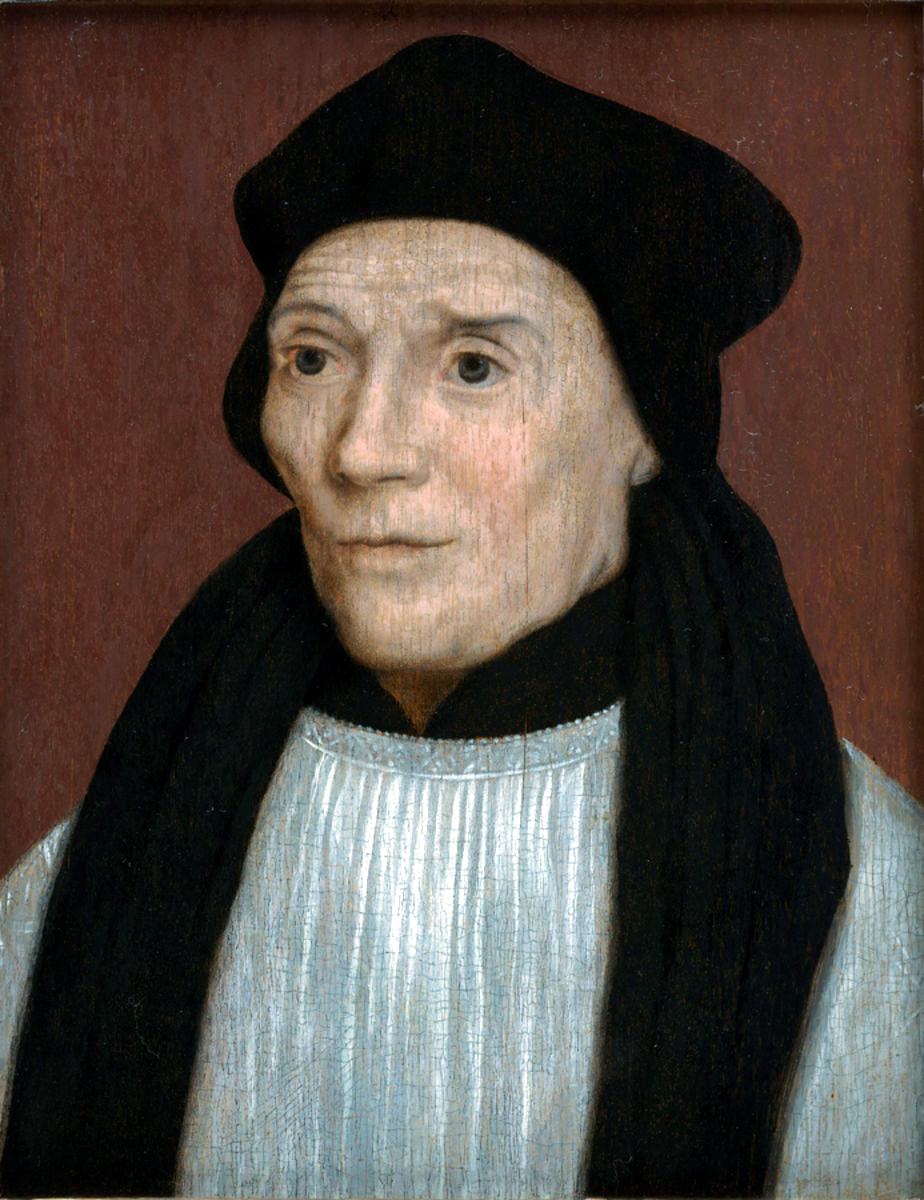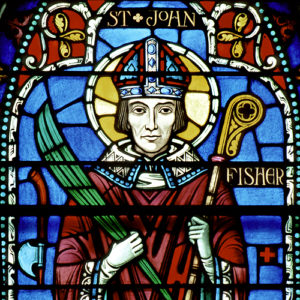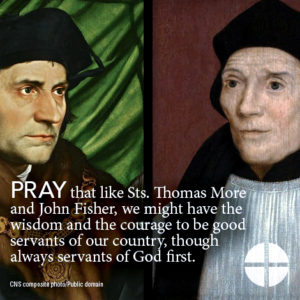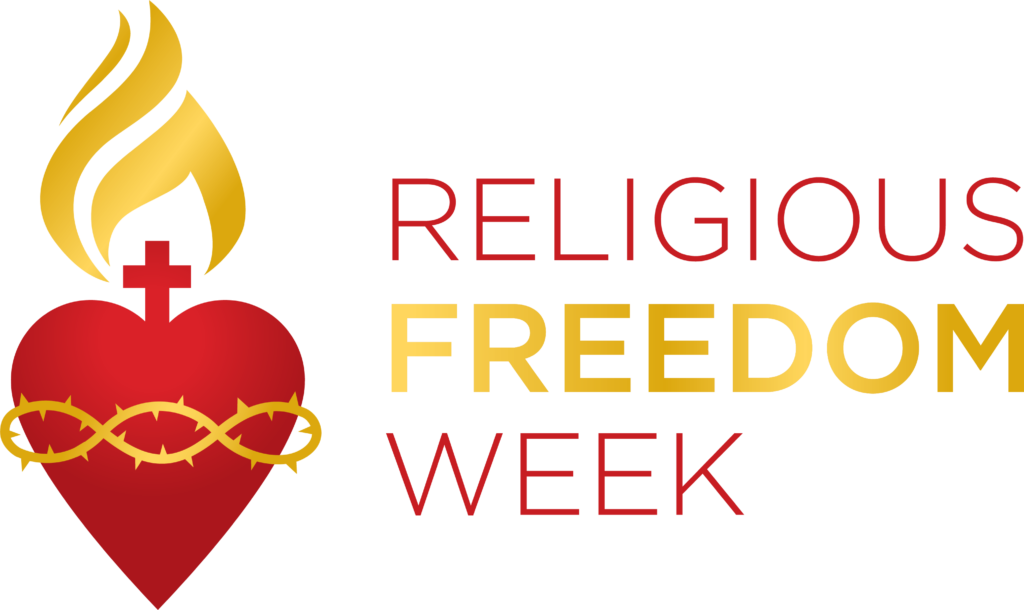

June 22
(CNA) — John was the eldest son of merchant Robert Fisher and his wife Agnes in Beverley, Yorkshire, England in 1469. His early education was probably received in the school attached to the collegiate church in his native town. In 1484 he moved to Michaelhouse, Cambridge, where he earned a bachelor’s degree in 1487 and a master’s degree in 1491. That year he was elected a fellow of his college and was made Vicar of Northallerton, Yorkshire. In 1494 he resigned to become proctor of his university, and three years later he was appointed master of Michaelhouse and became chaplain and confessor to Margaret Beaufort, Countess of Richmond and Derby, the mother of King Henry VII. In 1501 he earned a doctorate and was elected vice-chancellor of Cambridge University. Under Fisher’s guidance, Lady Margaret founded St. John’s and Christ’s Colleges at Cambridge, and also the two “Lady Margaret” professorships of divinity at Oxford and Cambridge, Fisher himself being the first occupant of the Cambridge chair.
Fisher was appointed bishop of Rochester Oct. 14, 1504 and was elected chancellor of Cambridge University that same year. He would go on to be re-elected annually for 10 years before being appointed for life. Around this time, he also is said to have acted as tutor to the future King Henry VIII. As a preacher, his reputation was so great that in 1509, when King Henry VII and the Lady Margaret died, Fisher preached the funeral for both; these sermons are still extant. In 1542 Fisher was nominated as one of the English representatives at the Fifth Council of Lateran, then sitting, but his journey to Rome was postponed and finally abandoned. Besides his share in Lady Margaret’s foundations, Fisher gave further proof of his genuine zeal for learning by inducing Erasmus to visit Cambridge. The latter indeed (Epist., 6:2) attributes it to Fisher’s protection that the study of Greek was allowed to proceed at Cambridge without the active molestation that it encountered at Oxford. He has also been named, though without any real proof, as the true author of the royal treatise against Luther “Assertio septem sacramentorum (Defense of the Seven Sacraments),” published in 1521, which won the title “Fidei Defensor (Defender of the Faith)” for Henry VIII. Before then, Fisher had denounced various abuses in the Church, urging the need of disciplinary reforms, and in 1521 he preached at St. Paul’s Cross when Luther’s books were publicly burned.
Saturday, June 22: Memorial of Sts. Thomas More and John Fisher
Pray that, like Sts. Thomas More and John Fisher, we might have the wisdom and the courage to be good servants of our country, though always servants of God first.
Reflect: Religious Freedom Week is a fitting time to reflect not only on religious liberty, but on what it means to be both American and Catholic. Perhaps somewhat ironically, two English saints point us in the right direction. We remember the martyrs Sts. Thomas More and John Fisher, in part, because they were steadfast in the truth, and thus exemplify courage in the exercise of conscience. They also show us what patriotism means for Christians. They loved and served their country. Thomas More carried out his lay vocation as a civil servant, while John Fisher lived out the clerical vocation as a most faithful bishop. At the same time, when forced to choose between the king of England and Christ the King of the Universe, they adhered to Jesus and His Church. We need the fortitude and wisdom to animate the Church today, as we navigate these tumultuous times. Sts. John Fisher and Thomas More, pray for us!
When the question of Henry’s divorce from Queen Catherine arose, Fisher became the queen’s chief supporter and most trusted counselor. In this capacity he appeared on her behalf in the legates’ court, where he startled his hearers by the directness of his language and, most of all, by declaring that, like St. John the Baptist, he was ready to die on behalf of the indissolubility of marriage. This statement was reported to Henry VIII, who was so enraged by it that he himself composed a long Latin address to the legates in answer to the bishop’s speech. Fisher’s copy of this still exists, with his manuscript annotations in the margins which show how little he feared the royal anger. The removal of the cause to Rome brought Fisher’s personal share to an end, but the king never forgave him for what he had done. In November 1529, the “Long Parliament” of Henry’s reign began its series of encroachments on the Church. Fisher, as a member of the upper house, at once warned Parliament that such acts could only end in the utter destruction of the Church in England. On this the Commons, through their speaker, complained to the king that the bishop had disparaged Parliament. Dr. Gairdner (Lollardy and the Reformation, I, 442) says of this incident “it can hardly be a matter of doubt that this strange remonstrance was prompted by the king himself, and partly for personal uses of his own”.
The opportunity was not lost. Henry summoned Fisher before him, demanding an explanation. This being given, Henry declared himself satisfied, leaving it to the Commons to declare that the explanation was inadequate, so that he appeared as a magnanimous sovereign, instead of Fisher’s enemy.
A year later (1530) the continued encroachments on the Church moved the bishops of Rochester, Bath and Ely to appeal to the Apostolic see. This gave the king his opportunity. An edict forbidding such appeals was immediately issued, and the three bishops were arrested. Their imprisonment, however, could have only lasted a few months, because Fisher was present at the February 1531 Convocation. It was there that the clergy were forced, at a cost of £100,000, to purchase the king’s pardon for having recognized Cardinal John Wolsey’s authority as legate of the pope and, at the same time, to acknowledge Henry as Supreme Head of the Church in England, to which phrase, however, the addition “so far as God’s law permits” was made, through Fisher’s efforts.
A few days later, several of the bishop’s servants were taken ill after eating some porridge served to the household, and two actually died. Popular opinion at the time regarded this as an attempt on the bishop’s life, although he himself chanced not to have taken any of the poisoned food. To disarm suspicion, the king not only expressed strong indignation at the crime but caused a special Act of Parliament to be passed, whereby poisoning was to be accounted high treason, and the person guilty of it boiled to death. This sentence was actually carried out on the culprit, but it did not prevent what seems to have been a second attempt on Fisher’s life soon afterwards.
Matters now moved rapidly. In May 1532, Sir Thomas More resigned the chancellorship, and in June, Fisher preached publicly against the divorce. In August, William Warham, Archbishop of Canterbury, died, and Thomas Cranmer was at once nominated to the pope as his successor. In January 1533, Henry secretly went through the form of marriage with Anne Boleyn; Cranmer’s consecration took place in March of the same year, and, a week later, Fisher was arrested. It seems fairly clear that the purpose of this arrest was to prevent his opposing the sentence of divorce which Cranmer pronounced in May, or the coronation of Anne Boleyn which followed on June 1, because Fisher was set free again within a fortnight of the latter event, with no charge being made against him. In the autumn of 1533, various arrests were made in connection with the so-called revelations of the Holy Maid of Kent, but as Fisher became seriously ill in December, proceedings against him were postponed for a time. In March 1534, however, a special bill of attainder against the Bishop of Rochester and others for complicity in the matter of the Nun of Kent was introduced and passed. By this Fisher was condemned to forfeiture of all his personal estate and to be imprisoned during the king’s pleasure. Subsequently a pardon was granted him on payment of a fine of £300.

In the same session of Parliament the Act of Succession was passed, by which all who should be called upon to do so were compelled to take an oath of succession, acknowledging the issue of Henry and Anne as legitimate heirs to the throne, under pain of being guilty of misprision of treason. Fisher refused the oath and was sent to the Tower of London April 26, 1534. Several efforts were made to induce him to submit, but without effect, and in November he was a second time attained of misprision of treason, his goods being forfeited from the previous March 1, and the See of Rochester being declared vacant from the following June 2. A long letter exists, written from the Tower by the bishop to Thomas Cromwell, which records the severity of his confinement and the sufferings he endured.
In May 1535, the new pope, Paul III, elevated Fisher as Cardinal Priest of St. Vitalis, his motive being apparently to induce Henry by this mark of esteem to treat the bishop less severely. The effect was precisely the reverse. Henry forbade the cardinal’s hat to be brought into England, declaring that he would send the head to Rome instead. In June a special commission for Fisher’s trial was issued, and on June 17 he was arraigned in Westminster Hall on a charge of treason, in that he denied the king to be supreme head of the Church. Since he had been deprived of his bishopric by the Act of Attainder, he was treated as a commoner and tried by jury. He was declared guilty and condemned to be hanged, drawn and quartered at Tyburn, but the mode of execution was changed, and, instead, he was beheaded on Tower Hill. The martyr’s last moments were thoroughly in keeping with his previous life.
He met death with a calm dignified courage which profoundly impressed all present. His headless body was stripped and left on the scaffold till evening, when it was thrown naked into a grave in the churchyard of Allhallows, Barking. Thence it was removed a fortnight later and laid beside that of Sir Thomas More in the church of St. Peter ad Vincula by the Tower. His head was stuck upon a pole on London Bridge, but its ruddy and lifelike appearance excited so much attention that, after a fortnight, it was thrown into the Thames, its place being taken by that of Sir Thomas More, whose martyrdom occurred the following July 6.
With More, he is a patron saint of Religious Freedom, and their joint feast day kicks off the U.S. Conference of Catholic Bishops Religious Freedom Week.
Taken from the Catholic Encyclopedia 1913.







